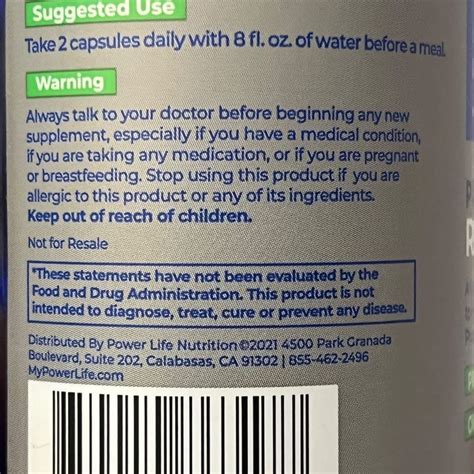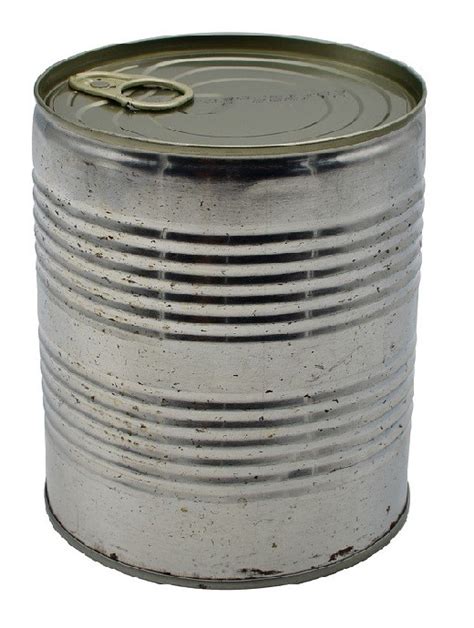How to optimize workout recovery for peak daily performance & energy?

In the relentless pursuit of fitness goals, many focus intensely on the workout itself—the reps, the sets, the sweat. However, the secret weapon for sustained progress, peak daily performance, and boundless energy isn’t just in how hard you train, but how effectively you recover. Ignoring recovery is like trying to drive a car with no fuel; eventually, you’ll break down. Optimized recovery isn’t just about avoiding injury; it’s about maximizing adaptations, enhancing mental clarity, and ensuring you’re ready to tackle each new day with vigor.
The Pillars of Effective Workout Recovery
True recovery is multifaceted, encompassing several key areas that work synergistically to restore your body and mind.

1. Prioritize Quality Sleep
Sleep is arguably the most critical component of recovery. During deep sleep cycles, your body repairs muscle tissue, consolidates memories, and releases growth hormone—essential for muscle repair and growth. Chronic sleep deprivation can impair performance, slow recovery, and negatively impact hormone balance.
- Aim for 7-9 hours of quality sleep per night.
- Establish a consistent sleep schedule, even on weekends.
- Create a relaxing pre-sleep routine (e.g., dim lights, avoid screens).
- Optimize your sleep environment (dark, cool, quiet).
2. Fuel Your Body with Optimal Nutrition
What you eat plays a direct role in how well and how quickly you recover. Post-workout nutrition is particularly vital for replenishing glycogen stores and repairing muscle damage.
- Protein: Consume adequate protein (20-40g) within 30-60 minutes post-workout to kickstart muscle protein synthesis. Good sources include lean meats, fish, eggs, dairy, and plant-based proteins.
- Carbohydrates: Replenish glycogen stores with complex carbohydrates to restore energy levels. Include fruits, vegetables, whole grains, and starchy vegetables.
- Healthy Fats: Don’t neglect healthy fats from avocados, nuts, seeds, and olive oil, which support hormone production and reduce inflammation.

3. Stay Adequately Hydrated
Dehydration can significantly impair physical and cognitive performance, reduce blood volume, and hinder nutrient transport. Water is essential for every bodily function, including regulating body temperature, lubricating joints, and transporting nutrients.
- Drink water consistently throughout the day, not just during workouts.
- Electrolytes (sodium, potassium, magnesium) lost through sweat need to be replenished, especially after intense or prolonged exercise.
- Monitor urine color; pale yellow indicates good hydration.
4. Embrace Active Recovery and Mobility
While rest is important, complete inactivity can sometimes be detrimental. Active recovery involves low-intensity exercise that increases blood flow without stressing the muscles further, helping to remove metabolic waste products and reduce soreness.
- Light Cardio: Walking, cycling, or swimming for 20-30 minutes.
- Stretching & Foam Rolling: Improve flexibility, range of motion, and reduce muscle tightness.
- Yoga/Pilates: Enhance core strength, flexibility, and body awareness.
![How To Be A People Person: 10 Tips For Being More Outgoing [UPDATED 2023]](/images/aHR0cHM6Ly90czEubW0uYmluZy5uZXQvdGg/aWQ9T0lQLi1TcERDamRaS0VNejN3T1pIczFYeFFIYUQ0JnBpZD0xNS4x.webp)
5. Manage Stress Effectively
Mental and emotional stress can significantly impede physical recovery by elevating cortisol levels, which can break down muscle tissue and suppress the immune system. Finding healthy ways to manage stress is crucial.
- Practice mindfulness or meditation.
- Engage in hobbies or activities you enjoy.
- Spend time in nature.
- Connect with friends and family.
Practical Strategies for Enhanced Recovery
Beyond the core pillars, integrating specific practices can further accelerate your recovery.
- Cool-down Routines: Always finish workouts with a 5-10 minute cool-down, including light cardio and static stretching.
- Cold/Heat Therapy: Cold showers or ice baths can reduce inflammation, while heat therapy (saunas, hot baths) can relax muscles and improve circulation.
- Massage & Self-Myofascial Release: Professional massages or regular foam rolling can alleviate muscle knots and improve blood flow.
- Mind-Muscle Connection During Recovery: Be present and intentional about your recovery practices.
- Listen to Your Body: Recognize signs of overtraining like persistent fatigue, decreased performance, or irritability, and adjust your training/recovery accordingly.

Conclusion: Recovery as Your Performance Accelerator
Optimizing workout recovery is not a luxury; it’s a fundamental requirement for anyone serious about achieving peak daily performance, sustaining energy levels, and making consistent progress in their fitness journey. By diligently focusing on quality sleep, strategic nutrition, consistent hydration, active recovery, and effective stress management, you empower your body to repair, adapt, and grow stronger. Embrace recovery as an integral part of your training regimen, and you’ll unlock a new level of physical prowess and enduring vitality.







